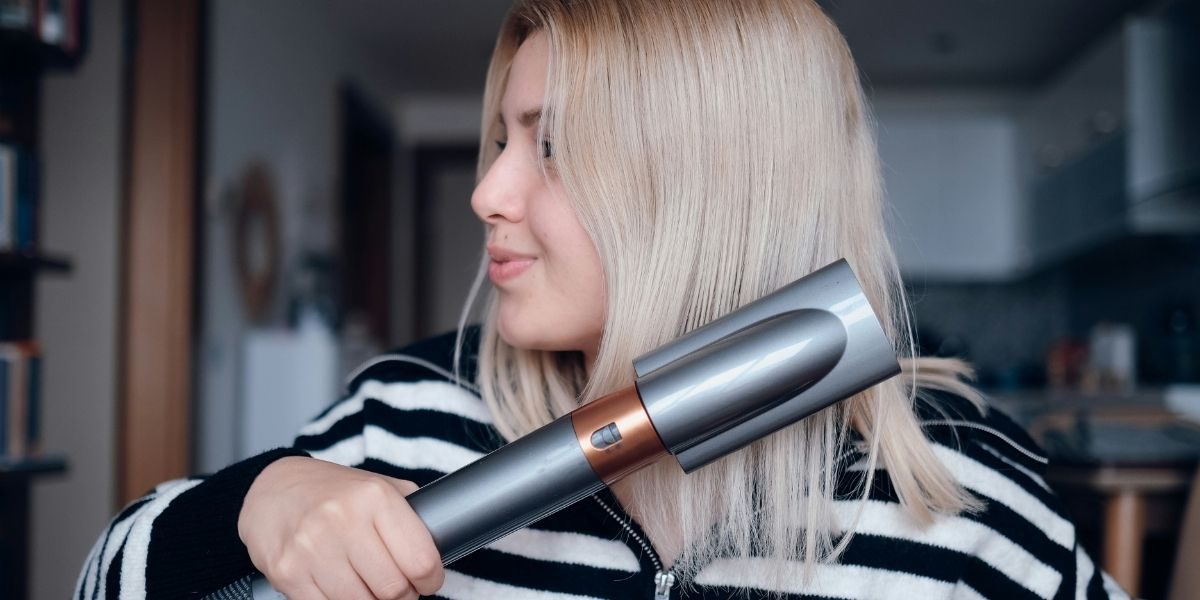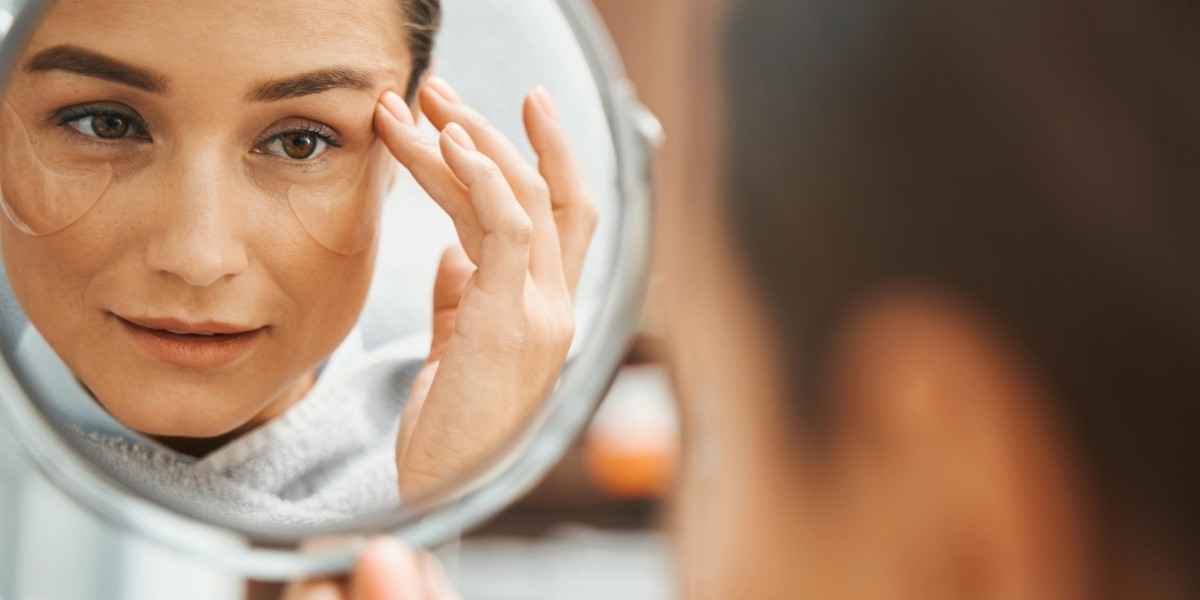Hair Straightener: How to Use It Without Damaging Hair?
Many people rely on a hair straightener to achieve sleek, smooth styles, but frequent use can lead to dryness, breakage, and long-term damage. Understanding the best practices for straightening hair safely is essential for maintaining healthy, vibrant strands. Experts in hair care emphasize that the right technique, temperature settings, and heat protection make all the difference.
Read Also: Beyond Just Color: The Alluring History and Power of a Red Lip
How Does a Hair Straightener Work?
A hair straightener uses heated plates, typically made of ceramic, titanium, or tourmaline, to break down the hydrogen bonds in the hair shaft. These bonds are responsible for the hair’s natural shape. Once altered by heat, the hair becomes temporarily straight until it is exposed to moisture or washed.
Temperature plays a crucial role in how effective and safe straightening is. Thin or chemically treated hair is more prone to damage and should be styled at lower temperatures, while coarse, curly textures require more heat.
What Are the Risks of Using a Hair Straightener?
Excessive heat exposure can weaken the hair shaft, leading to split ends, frizz, and long-term structural damage. Experts warn that straightening hair daily without proper protection can strip natural moisture, making hair dry and brittle. Signs of heat damage include rough texture, breakage, and difficulty holding styles.
Certain habits, such as using a straightener on wet or damp hair, significantly increase the risk of damage. Without proper precautions, heat can boil the water inside the hair cuticle, causing it to weaken from the inside out.
What Are the Best Practices for Safe Hair Straightening?
Hair specialists recommend preparing the hair properly before applying heat. Clean, dry, and conditioned hair is less prone to damage, making it essential to incorporate moisturizing products and protective treatments before straightening.
Applying a heat protectant spray creates a barrier that minimizes direct heat exposure. Many products contain silicones and conditioning agents that help lock in moisture while reducing the risk of burning or overdrying.
Choosing the right temperature setting is equally important. Fine or chemically treated hair should be straightened at 250°F to 300°F, while thicker textures can handle 350°F to 400°F. Going above these levels can cause irreversible damage.
Using slow, controlled movements while straightening prevents excessive heat exposure on any single section. Holding the flat iron in one place for too long can scorch the hair shaft, leading to permanent weakening.
Which Hair Straightener Is Best for Different Hair Types?
The material and plate type of a hair straightener determine how well it works for different textures.
- Ceramic straighteners distribute heat evenly, making them ideal for fine or fragile hair.
- Titanium plates heat up quickly and are best suited for thick, coarse hair.
- Tourmaline-infused straighteners reduce static and frizz, making them a great option for dry or damaged hair.
A wider plate size is recommended for long or thick hair, as it covers more surface area and reduces the number of passes needed. Narrow plates work better for short or fine hair since they allow for better precision and control.
How Often Should You Use a Hair Straightener?
Experts suggest limiting heat styling to two or three times a week to prevent cumulative damage. Giving hair a break between sessions allows it to recover while maintaining its natural elasticity and moisture balance.
Regular use of deep conditioning treatments helps restore hydration, reducing the negative effects of heat styling. Incorporating weekly masks containing keratin, argan oil, or shea butter helps reinforce the hair structure.
What Are Some Alternatives to Heat-Based Hair Straightening?
For those looking to reduce heat exposure, several alternative straightening methods offer smoother hair without excessive heat damage.
- Blow-drying with a round brush provides a sleek finish using minimal heat.
- Silk or satin wrapping overnight helps maintain straight styles without daily heat application.
- Chemical treatments, such as keratin treatments or hair rebonding, offer longer-lasting straightening effects but require professional application and maintenance.
Can a Hair Straightener Be Used on Wet Hair?
Using a hair straightener on wet hair is highly damaging unless it is designed for wet-to-dry styling. Applying heat directly to damp strands causes moisture inside the hair shaft to turn into steam, which can lead to breakage and weak spots.
Before straightening, it’s best to air dry or use a blow-dryer on a low-heat setting to remove excess moisture. If time is limited, using a heat protectant with anti-humidity properties can help minimize frizz and safeguard the hair’s structure.
Read Also: How to Achieve Beautiful Curls with Heatless Curlers: A Healthier Alternative
How Can You Maintain Straightened Hair for Longer?
To extend the life of straightened styles, avoiding humidity, excessive sweating, and harsh environmental conditions is essential. Sleeping on a silk or satin pillowcase helps reduce friction and prevents frizz.
Using a lightweight serum or finishing spray can lock in the straightened look while providing additional protection against external moisture. If needed, a quick touch-up at a lower heat setting can refresh the style without overexposing the hair to excessive heat.
A hair straightener is a valuable tool for creating sleek, polished looks, but improper use can weaken the hair over time. Following heat protection strategies, choosing the right straightener, and using controlled techniques can minimize damage while ensuring healthy, smooth results. Experts recommend occasional breaks from heat styling and moisture-rich treatments to keep hair strong and resilient.
Published by Drake M.





